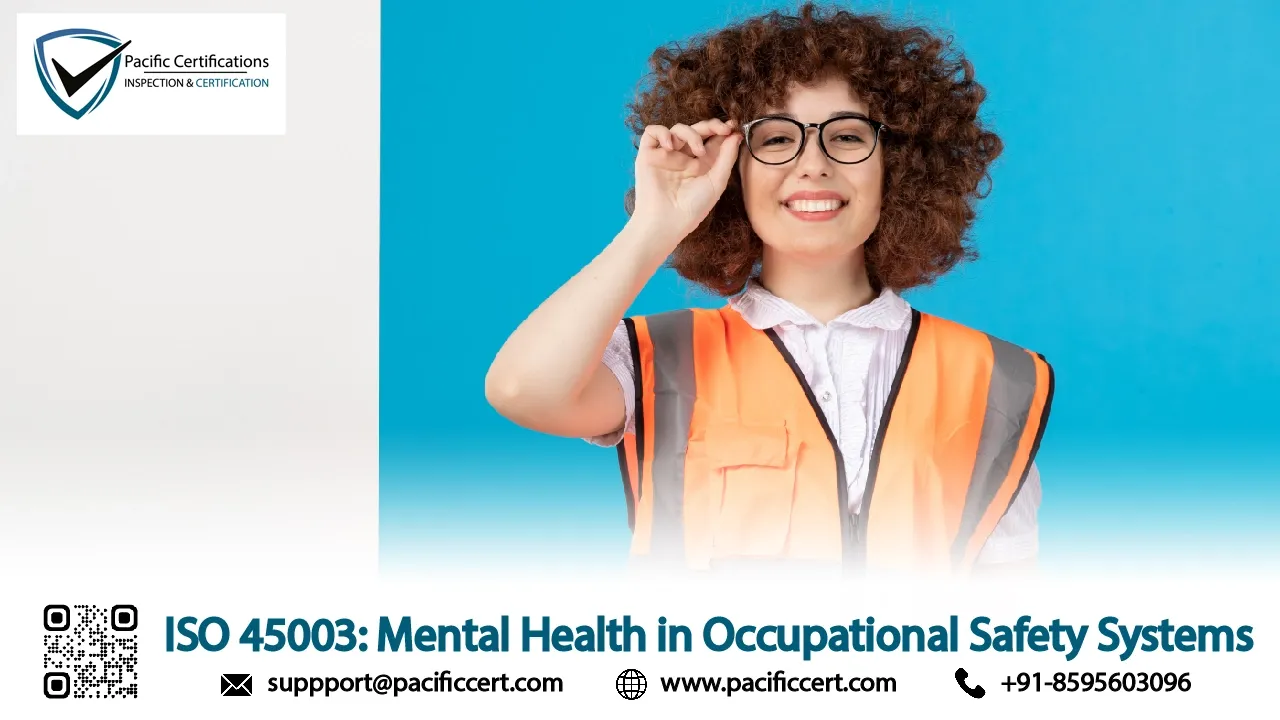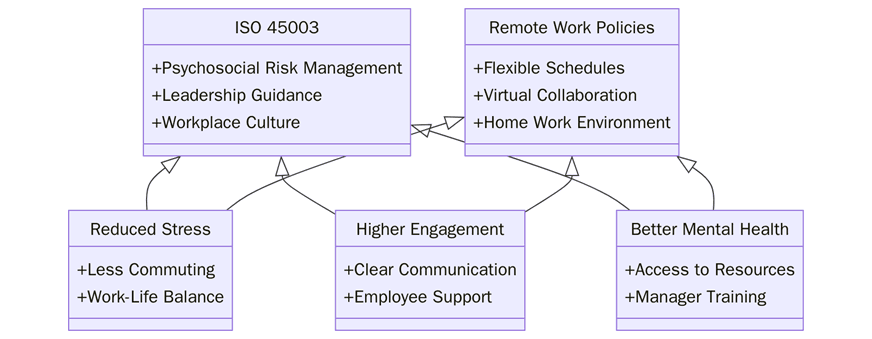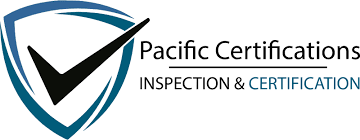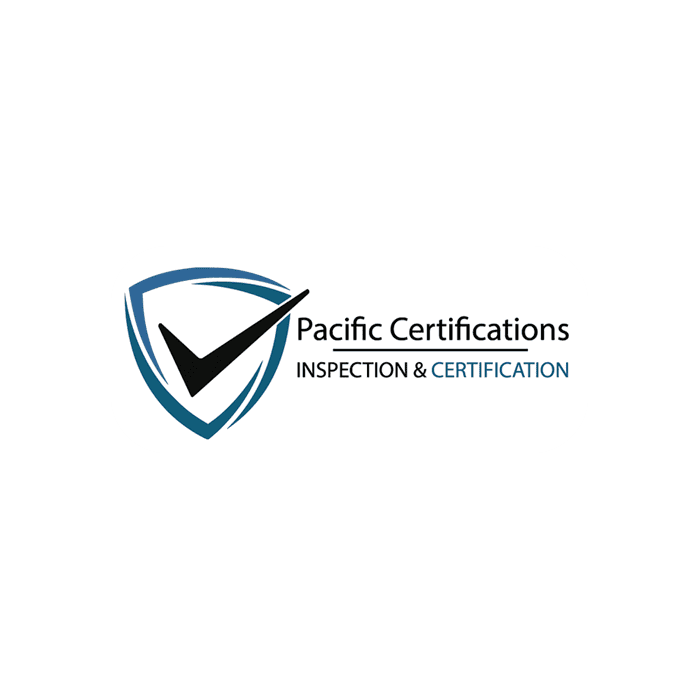ISO 45003: Mental Health in Occupational Safety Systems

The importance of workplace mental health and well-being is being increasingly emphasized as part of workplace safety and health management systems. As awareness continues to grow about the impact that mental health can have on employee productivity and leaseholder performance, the release of ISO 45003 lays the foundation for understanding psychosocial risks in the workplace on a global scale
ISO 45003 works in conjunction with the broader standard of ISO 45001 for management systems for occupational health and safety, focusing specifically on psychosocial risks and upgraded well-being at work. This blog provides insight into implementing ISO 45003 in a variety of workplace environments, the case for psychosocial risk management as opposed to elimination and how these standards can link into other reporting and standards frameworks.
For assistance, contact us at [email protected]
Introduction
Employee mental health is an area of concern globally for organizations. While work-related stress, burnout, and mental health issues damage employees' individual wellness, these issues also impact an organization's performance. ISO 45003 provides guidelines for managing psychosocial risk and promoting mental well-being, as part of its use in an occupational health and safety system.

ISO 45003 can help organizations improve employee mental health for many reasons, including creating safer work environments, improving employee well-being, and showing an organizational commitment to employee mental health. The standard is supportive of occupational health and safety system by fostering a more proactive approach to managing psychosocial risks and, as well, providing a step-by-step approach for integrating ISO 45003 with safety management systems like ISO 45001.
What are the benefits of ISO 45003 for Remote Work Policies?
The rise of remote work has introduced new challenges in managing workplace well-being, particularly in the area of mental health. Social isolation, lack of work-life balance, and difficulties in communication are just some of the psychosocial risks that can arise in remote work settings. ISO 45003 provides organizations with a framework for managing these risks and ensuring the mental well-being of remote employees.

Key benefits of implementing ISO 45003 in remote work policies include:
• ISO 45003 helps to manage worker stress and burnout from working from home by identifying and managing the unique psychosocial risks of remote working.
• The standard supports the counter of isolation through communication and engagement of team members.
• ISO 45003 recommends policies to support remote workers in keeping work and personal spaces healthier concerning employees’ mental health.
• ISO 45003 suggests organizations establish support programmes such as access to counselling/ mental health support programmes which employees can access more easily remotely.
Integrating ISO 45003 with ISO 45001
ISO 45001 sets the global benchmark for occupational health and safety management systems (OHSMS), focusing on preventing injuries and ill-health. ISO 45003 complements ISO 45001 by focusing on the psychosocial aspects of health and safety in the workplace. Together, these standards offer a overreaching approach to ensuring employee well-being.
Here’s how integrating ISO 45003 with ISO 45001 can benefit an organization:
Aspect | ISO 45003 | ISO 45001 | |
Focus | Psychosocial risks, mental health, workplace well-being | Physical health, injury prevention, OHS management | |
Scope | Management of psychosocial hazards in the workplace | Holistic approach to workplace safety and health | |
Integration | Addresses psychosocial aspects within the OHS management system | Focuses on risk management and improving occupational health | |
Impact on Employee Well-being | Promotes mental health and emotional well-being | Ensures physical safety and accident prevention | |
Compliance with Legal Requirements | Helps comply with mental health-related regulations | Ensures compliance with general workplace health and safety regulations |
Measuring Psychosocial Hazards: KPIs and Dashboards
Assessing psychosocial hazards effectively is vital for determining risks and driving improvement in workplace wellbeing. Indicators and dashboards are important for monitoring mental health initiatives and identifying opportunities for improvement.
Regular surveys to assess overall employee satisfaction, engagement and mental wellbeing. Track patterns in employee absenteeism which can be an indicator of stress and/or mental health issues. High churn can also indicate deeper psychosocial risks, including burnout and overall decline in employee satisfaction. Assess employee stress on a regular basis through surveys or options for direct feedback, such as monitoring symptoms associated with burnout. Assess and gauge employee perceptions of their ability to balance work and personal lives, as this is an important factor in mental wellbeing.
For assistance, contact us at [email protected]
Developing a Well-Being Checklist
1. Psychosocial Risk Assessment: Conduct periodic psychosocial risk assessments to improve the ability to detect potential psychosocial risks in the workplace.
2. Communication Channels: Ensure staff members have open channels of communication to access honest communication about mental health resources and expectations of the workplace.
3. Employee Support Programs: Provide access to mental health support services, such as counselling, Employee Assistance Program (EAP) services, external support groups, and wellness programs.
4. Share Training and Awareness: Provide training to managers and staff to be aware of the signs of mental health issues and promote strategies to support individual employees.
5. Work-life Balance Initiatives: Create policies to support flexible hours, breaks, and paid time off to support the work-life balance of employees.
Aligning ISO 45003 with ESG Reporting Frameworks
Environmental, Social, and Governance (ESG) reporting frameworks are becoming more critical to organizations wanting to evidence their commitments to sustainability and social responsibility. Organizations can align ISO 45003 with ESG frameworks for the purpose of demonstrating their commitment to workplace well-being and mental health.
Stakeholders, investors, and customers have a more positive perception of organizations that exhibit a commitment to employee well-being and mental health and ESG reporting includes criteria related to employee health and safety; thus, ISO 45003 alignment is a useful compliance tool. Organizations that align their operations with social responsibility standards, including mental health, are more likely to retain high-performing employees, as employees place value on their employer's commitment to social responsibility. As investors focus on organizations with strong ESG performance, emphasizing mental health can be a competitive advantage for attracting investment.
Contact Us
Pacific Certifications can assist your organization in navigating the ISO 45003 certification process. Our team of experts will help you develop a overreaching approach to workplace well-being, ensuring that your organization meets ISO 45003 standards for mental health and psychosocial risk management.
For assistance, contact us at [email protected].
Visit our website at www.pacificcert.com.
FAQs
Q1: What is ISO 45003?
ISO 45003 is an international standard that provides guidelines for managing psychosocial risks and promoting mental health in the workplace. It helps organizations create healthier, more supportive work environments.
Q2: How does ISO 45003 help with remote work policies?
ISO 45003 addresses the unique psychosocial risks of remote work, such as isolation and stress, by providing guidelines for supporting remote employees through flexible policies, communication, and access to mental health resources.
Q3: Can ISO 45003 be integrated with ISO 45001?
Yes, ISO 45003 can be seamlessly integrated with ISO 45001, as both standards focus on workplace health and safety. While ISO 45001 addresses physical safety, ISO 45003 specifically addresses mental health and psychosocial risks.
Q4: What are the benefits of using KPIs to measure psychosocial risks?
KPIs help organizations track the effectiveness of their mental health initiatives and identify areas for improvement. They provide measurable indicators that allow for continuous monitoring and improvement of workplace well-being.
Ready to get ISO 14003 certified?
Contact Pacific Certifications to begin your certification journey today!
Suggested Certifications –
Read more: Pacific Blogs

